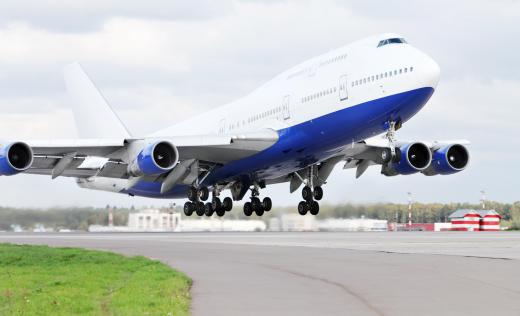An angular contact bearing is a type of specialty ball bearing used in many manufacturing and industrial applications. This relatively small device is designed to support a greater range of forces than a standard bearing, and to work within even the most precisely engineered machines and equipment. Manufacturers may use steel or other metals to produce an angular contact bearing, though many are turning to ceramic and similar materials due to their higher strength and durability.
To understand how an angular contact bearing functions, it helps to understand the basics of ball bearings. Standard ball bearings consist of two concentric metal rings, or races, with a series of metal balls placed in between. When the bearing is placed inside of a machine, the balls help to reduce friction, improve performance and extend the life of all related components.

For a simple example, consider a skateboard wheel. A ball bearing sits between the board's axle and the rubber or plastic wheel surface. As the wheel spins, the balls inside the bearing also spin, which reduces friction between the axle and the inner ring, or race. This allows the rider to achieve faster speeds and enjoy a smoother ride than he would without ball bearings.
On an angular contact bearing, the races are inconsistently sized so that one edge is thicker than the other. This causes the balls within the rings to sit at an angle to other components within a machine. By placing the balls at an angle to an axle or similar structure, engineers can reduce friction and add strength along both the axial and radial forces applied to the bearing. This means that the bearing can withstand force applied along the longitudinal axis, in this case, the axle, as well as along the inner and outer radius of the races.
Typically, the smaller the angle between the bearings and the axle, the more radial force the bearing can support. To support greater axial loads, engineers use an angular contact bearing that creates a deeper angle between the bearings and axis. Designers or installers must also consider things like speed, movement, temperature, and deflection when choosing an angular contact bearing.
Angular contact bearings can be found in most types of motors and engines, including those found in cars, airplanes, and machinery. Miniature versions are also used in hand-held power tools and some medical and dental equipment. Hardware, such as door hinges and locks may also contain some form of angular contact bearing.
